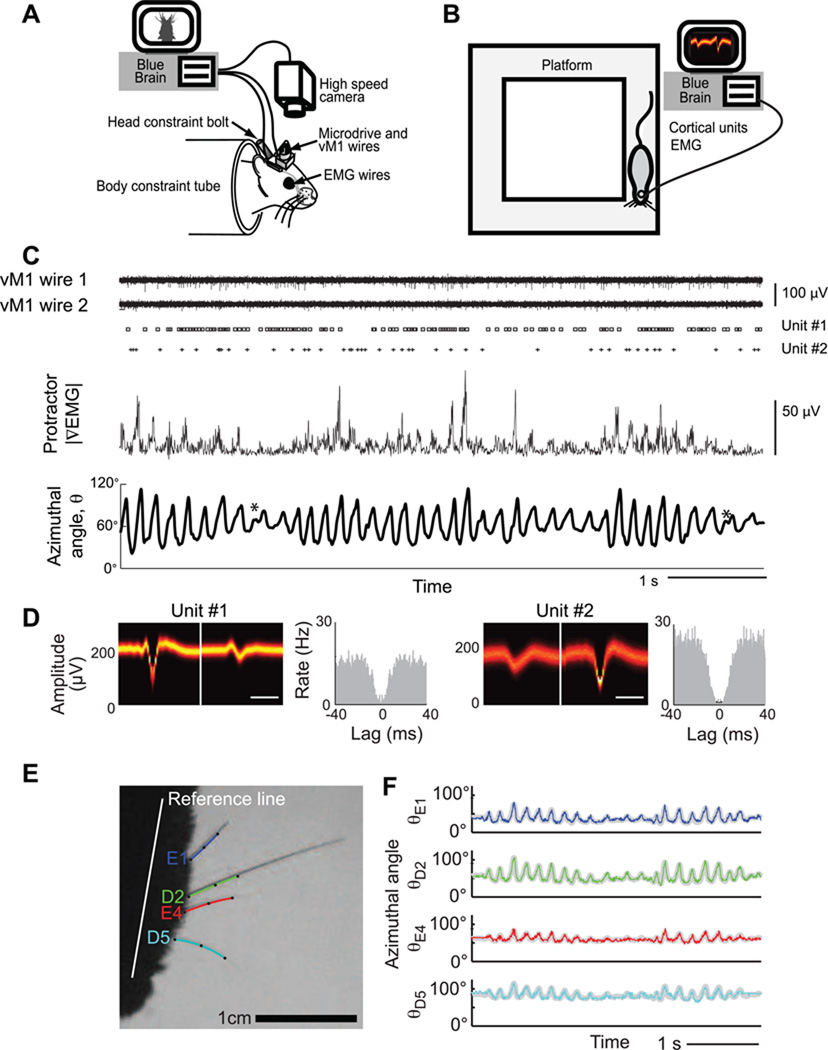Figure 1. Experimental setups and uniformity of whisking behavior.
(A) Head-constraint apparatus. The animal’s head is held in place via a bolt embedded in its head mount. The array of vibrissae is trimmed down to a single row. Whisking is evoked by placing the home cage just out of reach. A high-speed camera is used to track vibrissa motion, and embedded microwires are used to record cortical units and EMG signals. (B) Apparatus for free ranging animals that explore a raised platform. All other experimental features are as in panel A, except no vibrissae are trimmed and their motion is not tracked. (C) Example of primary data taken in a behavioral session, including neuronal activity from both channels of stereotrode, spike trains from two sorted units, rectified ∇EMG of the protractor muscles, and position of the tracked vibrissa. An * indicates a possible double-pump whisk cycle. (D) Waveform and spike train autocorrelation for sorted units in panel C. (E) Videograph of a head-fixed rat with four tracked vibrissae, spanning rows D and E and arcs 1 to 4. (F) The motion of the four vibrissae versus time, superimposed on top of the motion calculated from only the first mode of the singular value decomposition (gray).

